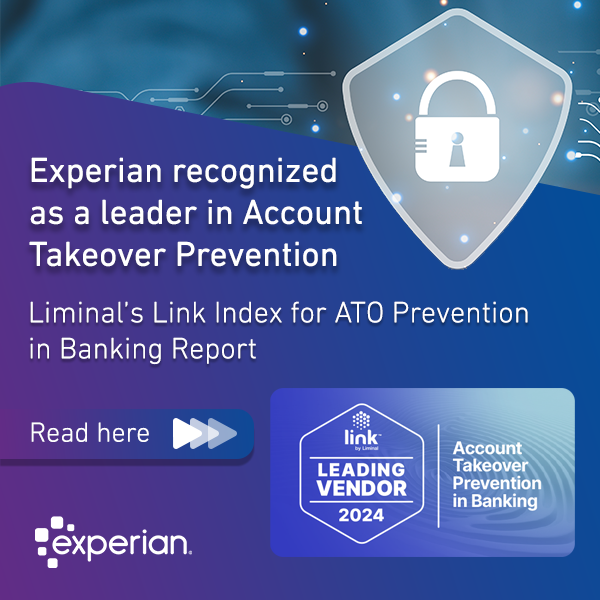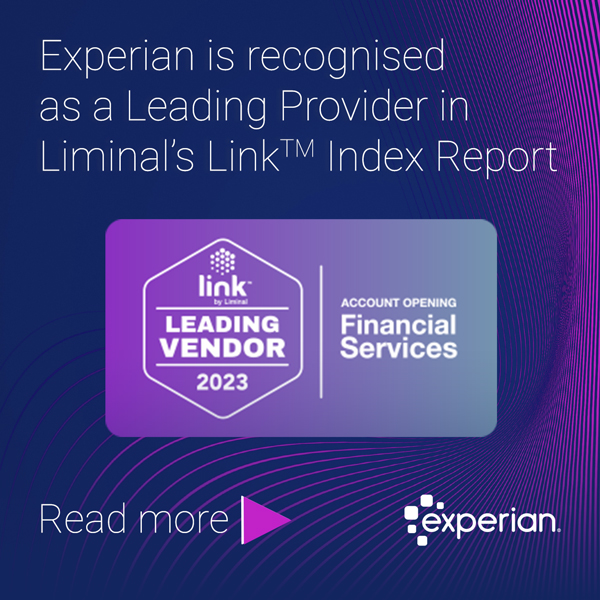 In the not so distant past, consumers mostly interacted with their banks in person. Retail customers, for instance, waited in line to make a deposit or talk to a banker. And though the branch may have been busy, a moving line gave comfort to customers that the wait wouldn’t be much longer.
In the not so distant past, consumers mostly interacted with their banks in person. Retail customers, for instance, waited in line to make a deposit or talk to a banker. And though the branch may have been busy, a moving line gave comfort to customers that the wait wouldn’t be much longer.
However, customer expectations in the digital era are dramatically different. According to Experian’s new research, one in three customers will abandon a transaction if they have to wait more than 30 seconds, especially when accessing bank accounts. And that’s just the tip of the iceberg. When it comes to the digital experience, consumers increasingly want seamless service at every point of their journey.
Now, as the Covid-19 crisis continues to accelerate digital demand, financial institutions face more and more customers with similar if not greater expectations. Expectations for things like personalized products, contextual lending decisions, and offline-online seamlessness. And those organizations that understand these evolving needs and deploy cloud-based decision management to ensure they meet them will likely be the winners in this new world.
Right here, right now
Banking digital transformation was already underway before the pandemic began. Most retail banks provided some customer-facing app. In efforts to automate and streamline business processes, many organizations have also started to migrate their backend infrastructure from on-premise software to the cloud.
The pandemic, though, ramped up the demand for everything digital seemingly overnight. Consider that consumer adoption of mobile wallets has jumped 11% since July, largely due to increased contactless in-payments. In the height of the crisis, customers turned to online platforms for financial assistance, from federal loans and grants to mortgage relief and credit applications to small business loans.
Businesses that had already migrated to cloud-based solutions were able to scale their response to meet that growth. But that those hadn’t? They faced the combined challenge of needing to scale existing services to serve the influx of online customers while simultaneously adding new digital capabilities.
As a result, some organizations have ended up playing catch up with their digital offerings. Experian research shows, though, that it’s a race worth finishing. Sixty percent of customers say they have higher expectations of their digital experience now than they did before the pandemic. To be sure, the crisis will end. Those expectations, however, are here to stay.
A glimpse of the future
Banks may see fewer customers in person, but that doesn’t mean their service can’t be personal. The data analytics features of cloud-based decision management software allow businesses to know more about their customers, providing personalized offers and services right when customers need them most.
One bank we work with in India provides an ideal example. They’ve leveraged deep analytics and decisioning solutions to accelerate their online loan approval process from days down to seconds. They’re no longer turning people away who are good candidates for loans. And they’ve increased their lending without having to take on additional risk.
It’s a win-win that reveals how organizations can leverage technology to satisfy customer expectations during the height of a crisis and continue to in a post-Covid reality. With cloud-based solutions, organizations can become 100% customer-centric, both in convenience and personalization. The data gives financial institutions a holistic view of their customers, enabling them to anticipate needs and tailor solutions to the individual.
Transformation and soon
No organization is going to digitally transform overnight. But given the urgency of the demand, there are proven ways to improve their digital customer experience sooner rather than later. Small-to-mid-sized organizations, for instance, should consider out-of-the-box Software-as-a-Service (SaaS) solutions. These offer pre-determined, high-demand use cases such as online eligibility checks and customer acquisition tools. Organizations can modify these solutions to meet specific market needs while saving time on ramping up a fully custom solution.
Additionally, even with the imperative to meet the digital demand, it’s important to remember that proper planning leads to successful cloud migrations. Consider all the possibilities of what could go wrong and right in terms of incident management, customer service, links to data sources, and more. Rehearse your transition as much as feasible. The preparation may add a bit of time on the front end, but you’ll decrease the likelihood of significant disruption when you do migrate and that’s worth the effort.
The march toward an increasingly digital customer experience only moves in one direction: forward. The pandemic may have pushed financial institutions to speed up their transition to cloud-based decision management, perhaps a bit earlier than some anticipated. But the outcome of a proactive, data-driven organization centered on serving customers promises to be better for everyone.
Related stories:




